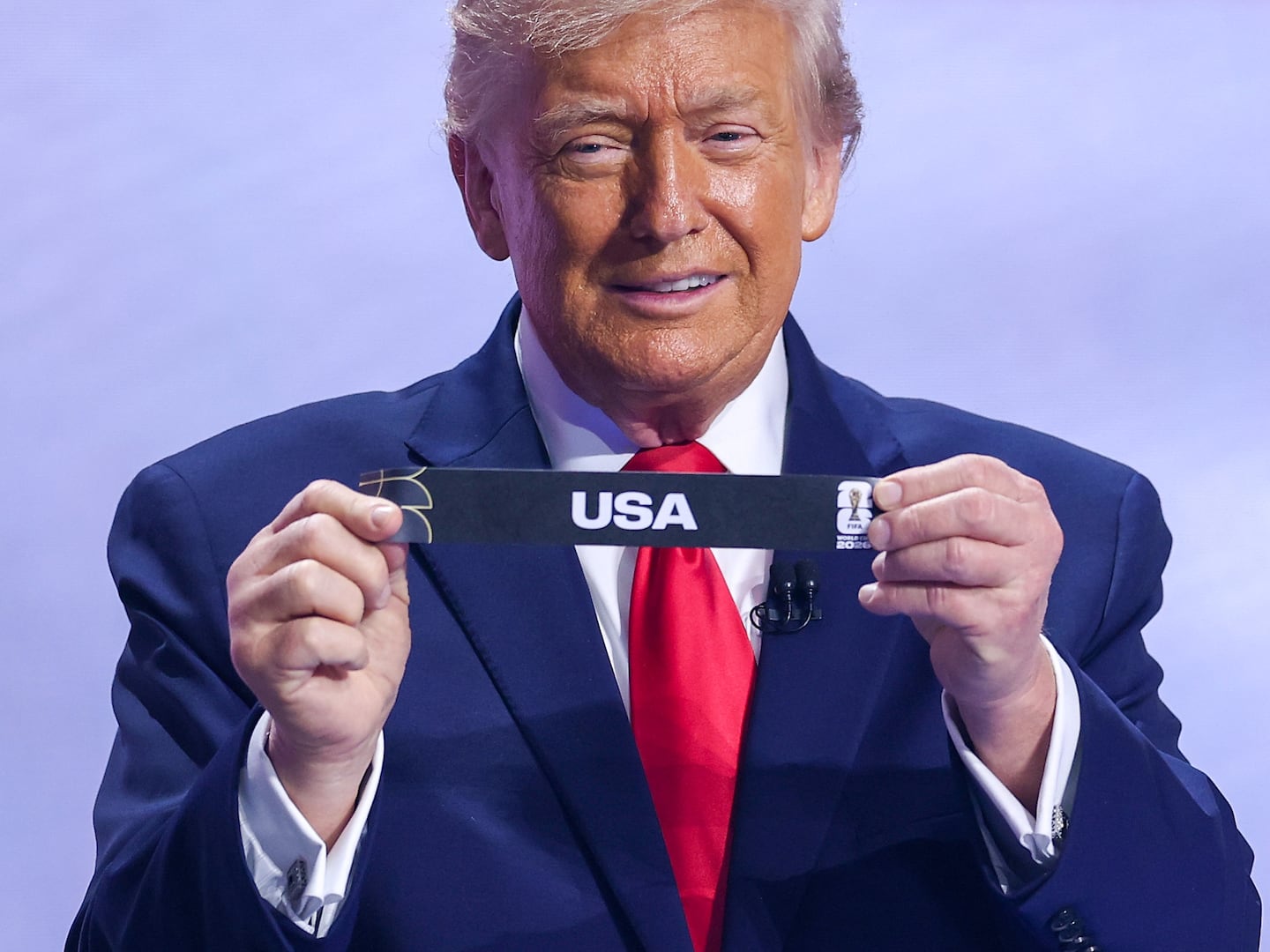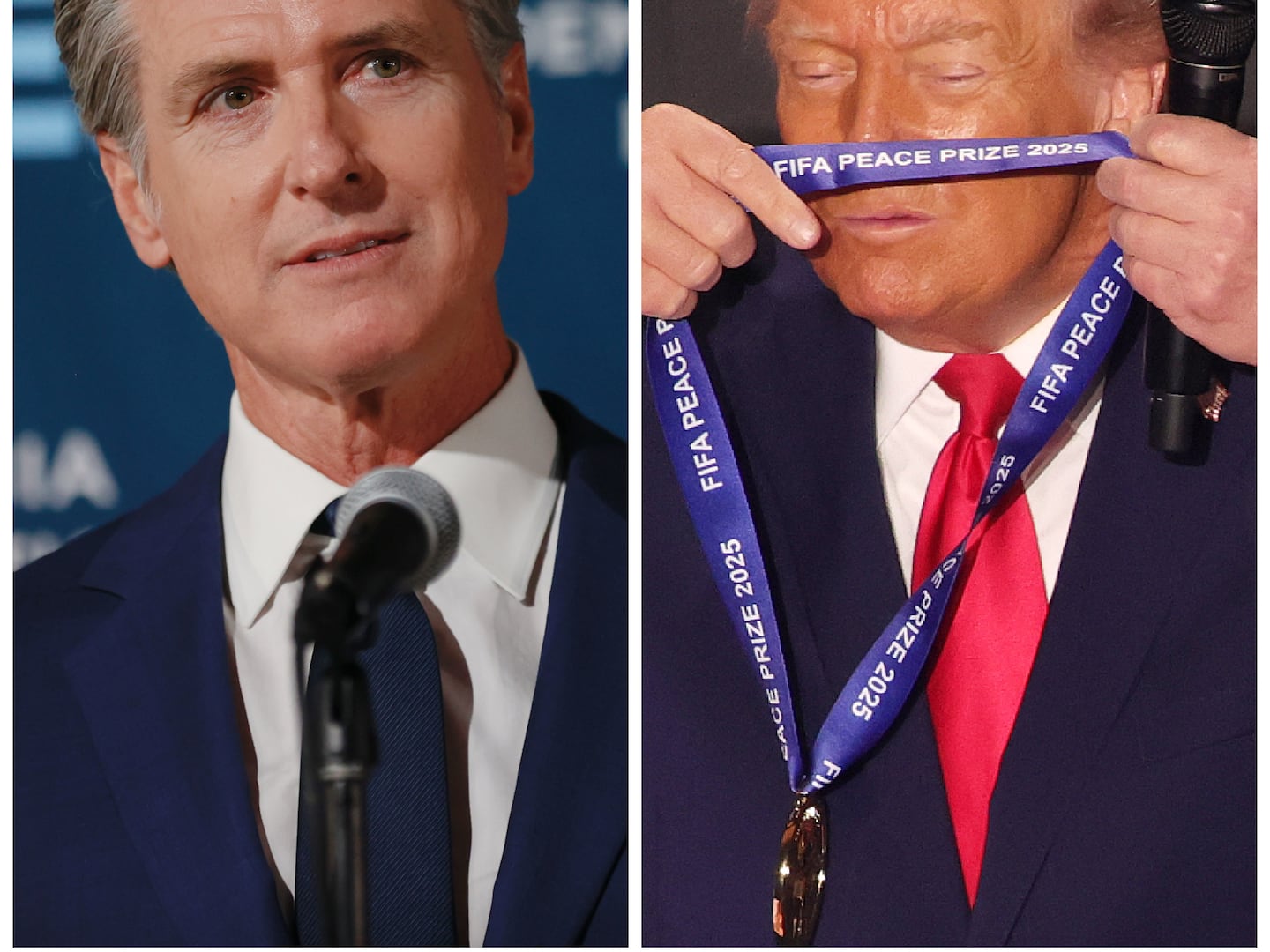Pay Dirt is a weekly foray into the pigpen of political funding. Subscribe here to get it in your inbox every Thursday.
Weeks after the Republican presidential primary became a two-person race between Donald Trump and Nikki Haley, the outside spending groups fueling the contest disclosed their financial health—and showed tens of millions of dollars going up in smoke.
Those filings reveal that, while Trump still dominates the polls, his political machine is a cash incinerator, burning tens of millions of dollars in donor money, chiefly to subsidize his increasingly costly personal legal bills. Still, the operation supporting Trump’s much-hyped former rival, Florida Gov. Ron DeSantis, fared worse by most measures, even without the additional self-imposed, self-serving burden of legal costs. DeSantis’ operation churned through more than $160 million only to see him quit after receiving about 23,000 votes in Iowa.
Haley’s operation, however, more closely exhibited the cost-efficiency and restraint that fiscal conservatives have long demanded of their elected leaders—something the candidate herself has preached on the trail while calling out the perceived policy excesses of her top rivals.
While Trump’s “Save America” leadership PAC has dominated recent headlines with its $50 million in legal expenses last year—$5 million more than his campaign spent over the same period—the candidates’ super PAC spending hasn’t been as widely covered.
A review of those groups—which operate at arm’s length from the candidate and can raise unlimited amounts of money from individuals and corporations—shows that Trump’s legal expenses have created a ripple effect, hamstringing what’s supposed to be the most powerful fundraising tool in politics.
In fact, an analysis of recent Federal Election Commission filings shows that, of the top three super PACs for the top three candidates, the pro-Haley group was the only one that spent the majority of its money actually executing its mission.
According to FEC data covering through the end of last year, the pro-Haley “SFA Fund, Inc” has taken a nose-to-tail approach to using its donors’ money, putting about 95 percent of total expenses towards efforts to reach voters. (This type of spending, called “independent expenditures,” is what super PACs are built for. It covers TV and radio ads, digital buys, direct mail, text message blasts, and the like.)
SFA’s most recent filings reveal that it raised a nice $69 million last year, and it just about emptied its clip—spending around $65 million, with nearly $62 million of that amount going to independent expenditures.
By comparison, Trumpworld’s “MAGA Inc” super PAC put 47 percent of its total outlays last year towards independent expenditures. That total—$43.8 million—was almost the same amount as the $42.5 million that MAGA Inc had to refund another Trump PAC in order to cover the billionaire’s ever-ballooning legal fees. The third super PAC of the bunch, the DeSantis-aligned “Never Back Down”—subject of numerous reports about exorbitant consultant expenses and infighting—miraculously only applied 28 percent of its spending toward independent expenditures.
The Haley’s PAC’s relatively prudent spending means she’s in a better position to go deeper into the GOP primary, potentially giving Trump a run for his money further into the calendar—if she can just start getting voter support and picking up delegates.
Her super PAC’s thrifty ways, however, could attract even more high-dollar donors.
Longtime Republican strategist Matt Gorman—who was a top Tim Scott staffer earlier this cycle—told The Daily Beast that super PAC donors care deeply about how their money is managed. Pitching them, he said, is like “a political version of Shark Tank.”
“It’s no secret that super PAC donors are very successful businessmen and women. These are people who didn’t get to where they are now by being foolish with money, and they know what to look for,” Gorman said. “They ask probing and tough questions, and performance is key—you need to provide them with a certain set of metrics when it comes to overhead, spending, investing.”
Clearly, a cost-benefit comparison premised on how votes were ultimately cast inverts the relationship between SFA and MAGA Inc—Haley simply hasn’t won any of the primary states.
But SFA spent big to woo those votes. FEC data through January shows that the super PAC invested a staggering $41.6 million in Iowa alone. That comes out to a cost of nearly $2,000 per person who voted for her, compared to MAGA Inc’s $210 per Trump vote in the same state—a difference of nearly 10-to-1.
Haley, however, like the rest of the GOP field, was spending like an underdog. And while the super PAC behind her shelled out far more cash than MAGA Inc, it also put its donors’ money straight into its mission.
With the field now narrowed to a two-person race, the Haley team hopes its efficient track record will be a selling point, reassuring major donors their funds won’t be wasted—funds they need to sustain potentially months of asymmetrical political battle ahead.
SFA came into 2024 with only $3.5 million on hand, but it’s unclear whether the super PAC has locked in major donors over the last few weeks. (The Haley campaign announced a $16.5 million haul in January.)
Asked for comment, SFA spokesperson Preya Samsundar provided a statement tying the spending to Trump’s broader legal—and therefore political—liabilities.
“While Donald Trump’s campaign is focused on funding attorneys and legal fees, Nikki Haley is focused on winning the nomination, defeating Joe Biden and enacting conservative policies. Trump’s spending is proof he’s only concerned about himself and his legal bills, and why he will lose to Joe Biden for the second time in a row,” Samsundar said.
Of course, Haley’s stinging loss to literally “none of these candidates” in Nevada on Tuesday raises the possibility that her offensive pivot could be far too late, when no amount of money might make a difference.
While Haley resurrected her own old political ghosts early in the campaign by touting her spotty accounting career, for better or worse, she’s not allowed to run the super PAC. They work independently of campaigns.
At the same time, Trump’s various legal predicaments have escalated on seemingly every front, and with those outlays poised only to increase, his operation’s cost-efficiency appears to have little hope of righting itself; he has instead extended the costs of his legal burdens to his super PAC.
In fact, that’s the main reason MAGA Inc’s efficiency appears so low—it has a built-in debt to Trump for his legal costs, and has yet to make good on it.
The debt comes in the form of a whopping $60 million refund that the former president demanded from MAGA Inc shortly after his first indictment last spring. Trump was recalling every last dime of the seed money that his “Save America” leadership PAC had planted in MAGA Inc just ahead of his candidacy announcement. Absent that refund, Save America would have gone bust months ago from his legal costs alone. (Legal experts allege that the initial Save America donations were illegal to begin with.)
Even with a $120 million head start after Trump left office, Save America only had $5.1 million on hand at the end of 2023—a year that saw more than $50 million in attorney fees, and less than $10 million raised from donors. MAGA Inc chose to parcel out the refund in $5 million monthly installments, returning $42.5 million by year’s end. This means that, at the start of 2024, MAGA Inc had a built-in, invisible debt to Trump of $17.5 million—a commitment that canceled out roughly three of every four dollars the super PAC had in the bank, leaving about $6.5 million to call its own.
In response to a comment request, MAGA Inc spokesperson Alex Pfeiffer provided a statement dismissing the legal refund issue as an “apples to oranges” comparison to true spending. He instead highlighted his group’s return-on-investment with voters.
“MAGA Inc has been the most efficient Super PAC in terms of investing by leaps and bounds, and any honest review of the data will show that,” Pfeiffer said.
FEC data shows that SFA Fund dramatically outspent MAGA Inc in both Iowa (about $41.6 million to $17 million) and New Hampshire (roughly $29.6 million to $13 million). The cost per vote shows an even wider discrepancy, with SFA putting up nearly $1,950 per vote won in Iowa to MAGA Inc’s $210 per vote. In New Hampshire, where Haley performed better, the breakdown comes out to about $211 per Haley vote, versus $74 per Trump vote.
“Most recently she lost to ‘no one’ in Nevada,” Pfeiffer said. “It’s an embarrassment and a tremendous disservice to our conservative movement.”
While MAGA Inc’s astronomical refunds aren’t exactly payments—and in any case aren’t the super PAC’s fault—it’s still a major and ongoing financial burden that the group must find a way to offset.
It’s also a political liability.
Haley has recently begun to seize on Trump’s spiraling legal expenses to score points on both policy and character. It’s an indirect way that Haley can remind voters of Trump’s serious legal troubles—avoiding the all-in MAGA binary choice that sealed Chris Christie’s fate—while also providing a real-time demonstration of the Trump administration’s “reckless spending” that Haley has consistently slammed on the campaign trail.
“It is unconscionable to me that a candidate would spend $50 million in legal fees,” Haley told CNN’s Jake Tapper last week. Those costs, she said, explain why Trump has avoided the debates, “because he doesn’t want to talk about why he’s doing it.”
Still, the looming cost of an extended primary has rattled the GOP more broadly. On Wednesday, The Guardian reported that top brass at the Republican National Committee—which has been staving off its own financial collapse amid historically low fundraising—want Haley to drop out of the race, so the national party can legally join fundraising forces with Trump.
Last month, the RNC created a generic presidential fundraising vehicle, called “The Presidential Republican Nominee Fund 2024,” which this week joined the “2024 RNC Joint Victory” flotilla of dozens of state party committees.
That fundraising machine could go a long way towards bailing out a cash-strapped GOP, at least temporarily.
But as long as Haley stays in the primary, the RNC can’t look to Trump for salvation. If and when it can, however, Trump might be the one demanding money—he’s done it before.










